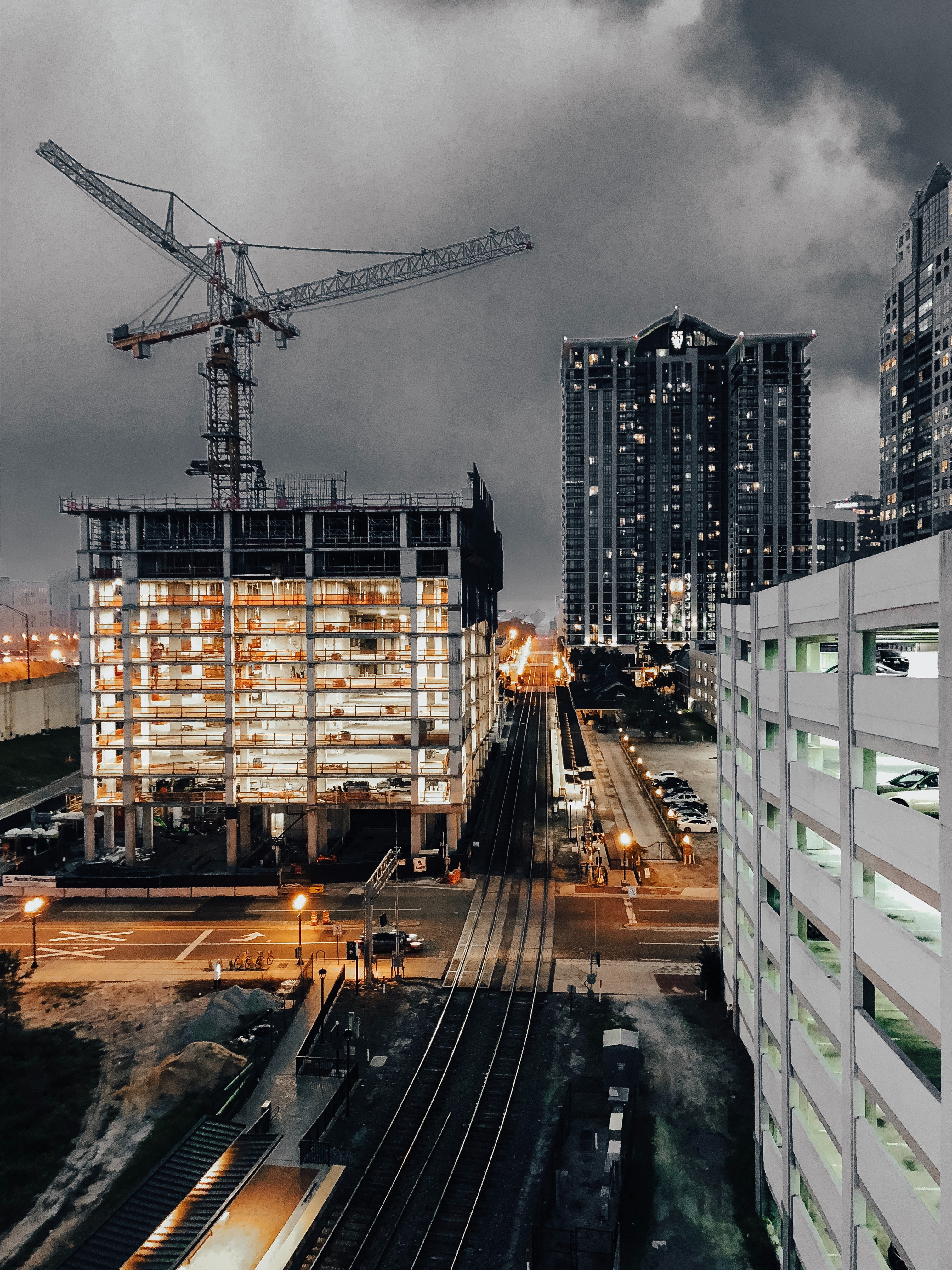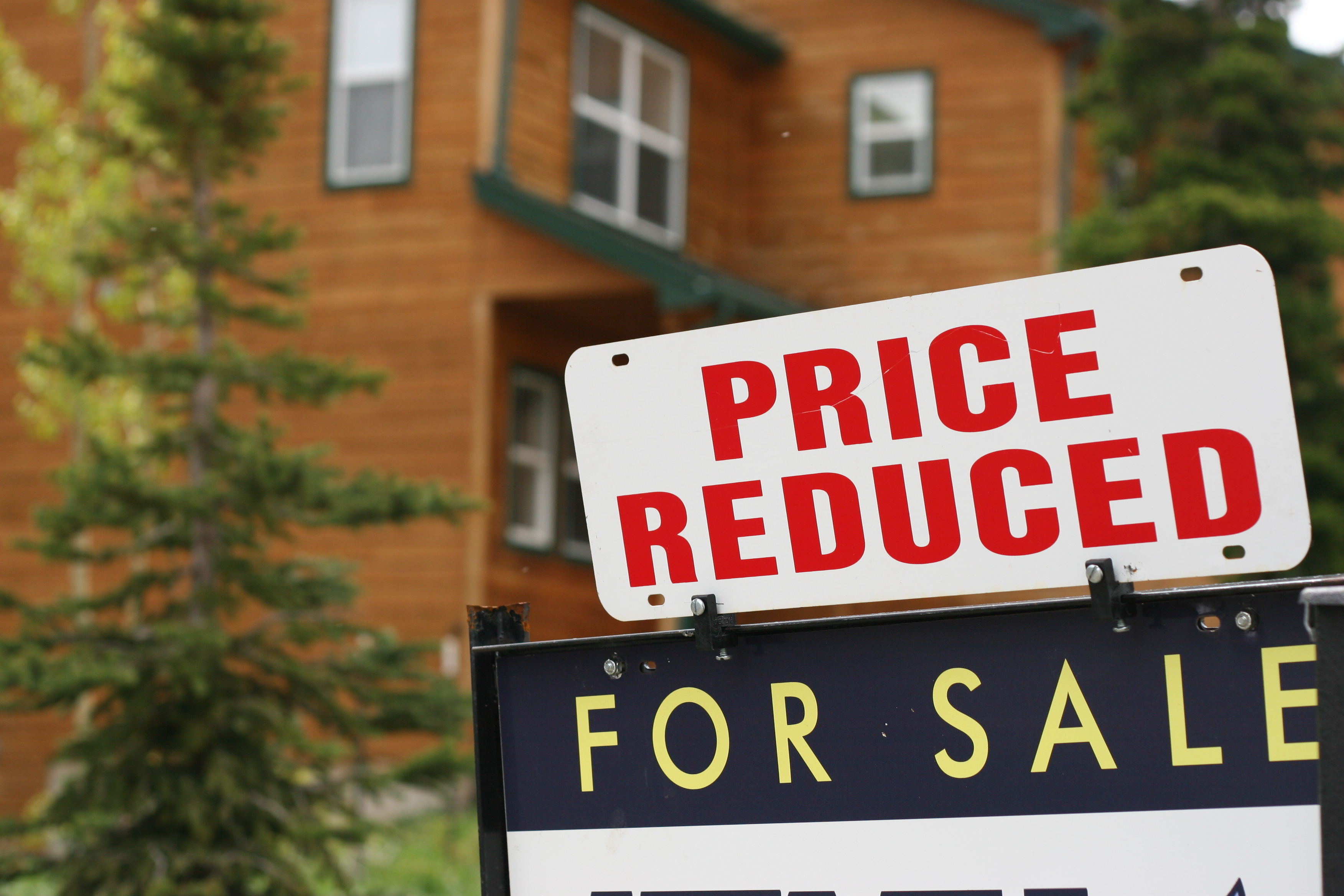The safety of buildings is of utmost importance as it directly impacts the well-being and peace of mind of their residents and occupants. In an effort to strengthen building safety regulations, the UK government has introduced the Building Safety Act 2022.
This landmark legislation aims to improve the safety of high-rise residential buildings and enhance the accountability of those responsible for their construction and maintenance. In this article, we will provide a comprehensive summary of the Building Safety Act, explaining what the Act is, its significance, key provisions and how it can affect you.
What Is The Building Safety Act 2022?
The Building Safety Act 2022 is a game-changer in the realm of building safety regulations. Its primary objective is to prevent tragedies such as the Grenfell Tower fire and ensure that residents can live in secure and well-maintained buildings. The act places greater responsibility on building owners, developers, and managers to ensure the safety of residents and introduces a more robust regulatory framework.
The Building Safety Act was introduced to parliament in summer 2021 and is in the process of being implemented. Alongside the Fire Safety Act 2021, the Building Safety Act 2022 will help people feel as safe as possible at home.
Key Points Of The Building Safety Act 2022
Enhanced Accountability: The Building Safety Act imposes stricter accountability on dutyholders involved in the construction and maintenance of high-rise residential buildings. Dutyholders include building owners, developers, and managers who are responsible for the overall safety and compliance of the building. The wider responsibility given to landlords of residential buildings considered at high-risk of building defects ensures the requisite safety standards by the Act are met.
Building Safety Regulator: The act establishes a new Building Safety Regulator (BSR), an independent public body responsible for overseeing and regulating the safety and performance of buildings. The BSR will monitor compliance, set safety standards, and enforce remedial action when necessary.
Building Safety Assurance: The act introduces a mandatory system of building safety assurance to ensure that high-rise residential buildings meet specified safety standards. Dutyholders will be required to demonstrate compliance at each stage of a building’s lifecycle, from design and construction to occupation and ongoing maintenance.
Safety Case Regime: The Safety Case Regime is a significant aspect of the Building Safety Act. It requires dutyholders to develop a safety case report for higher-risk buildings, demonstrating how they are managing and mitigating safety risks effectively. This report will be submitted to the BSR for review and approval.
Resident Engagement and Redress: The act recognises the importance of resident engagement and seeks to empower residents by giving them a greater voice in matters concerning building safety. Residents will have access to relevant safety information and be able to participate in decision-making processes. The act also provides for a new complaints and redress mechanism to address concerns raised by residents.
New Construction Products Regime: To ensure that only safe and compliant construction products are used, the Building Safety Act introduces a new Construction Products Regime. This regime aims to improve product quality, traceability, and safety standards across the construction industry.
What Buildings Does The Building Safety Act Apply To?
The Building Safety Act applies to any new or existing residential buildings that are five storeys / 11 metres or more and have at least two separate units. In addition to this, the requirements for design, refurbishment and construction are also applicable many commercial buildings.
The requirements of the act become the responsibility of those who own and/or manage buildings that are outlined in the act. It is down to these people to ensure that the requirements of the act are met.
How Does The Building Safety Act 2022 Affect You?
The Building Safety Act is a positive thing for tenants of high-rise residential buildings thanks to the assurances and regulations it looks to implement. This is because the proposals made in the act are a direct response to the tragic events of the Grenfell Tower disaster in 2017.
The act establishes a more effective regulatory and responsibility framework for the construction industry. This ensures residents of high-rise residential buildings should feel safe at home and know that there are clear standards and guidance in place that directly support their safety and wellbeing.
By putting residents at the heart of the system for Building Safety, the act makes it easier for their concerns to be raised, heard and acted upon. This will empower residents to bring forward any safety issues to their building owner and/or manager, knowing that they will be heard.
How Can PM Property Lawyers Help You?
PM Property Lawyers has specific expertise in dealing with properties affected by the Building Safety Act and is able to assist you in dealing with the complexities that the Building Safety Act brings to property transactions.
We are committed to assisting clients in navigating the complexities of property transactions in line with the latest regulations, including the Building Safety Act 2022.
Our team of experienced professionals is well-equipped to provide expert advice and guidance to ensure that your property transactions are conducted in compliance with the new regulatory standards.
If you have any questions regarding the Building Safety Act or require assistance with conveyancing matters, please contact PM Property Lawyers. Our dedicated team is here to help you navigate the ever-changing landscape of property law and ensure the safety and security of your property investment.





